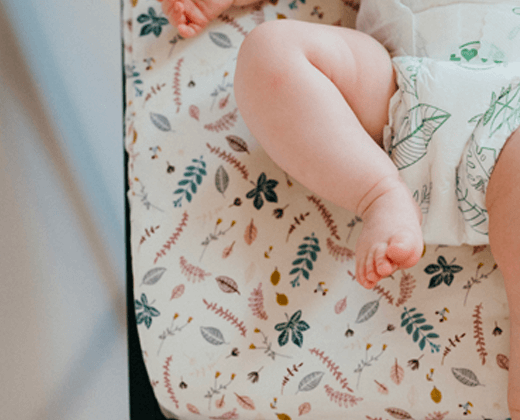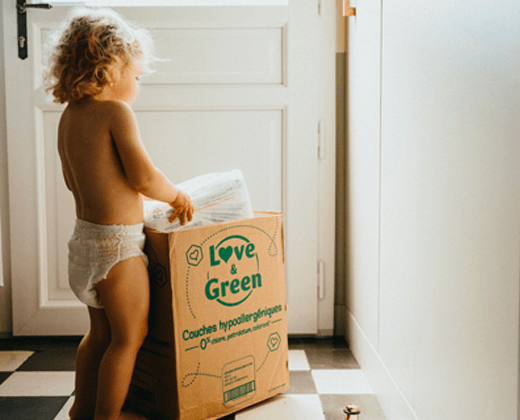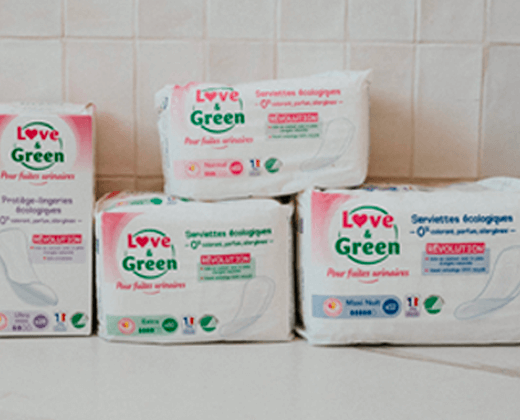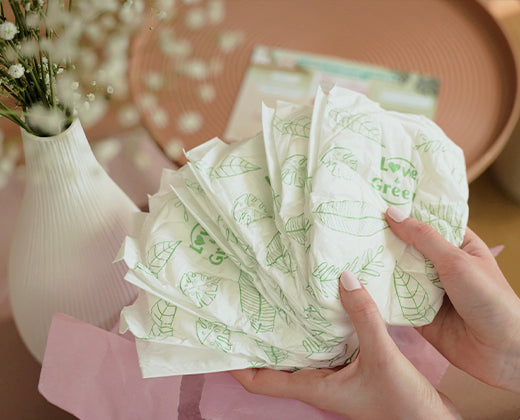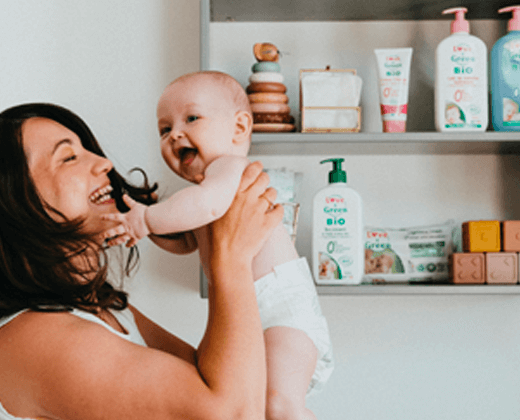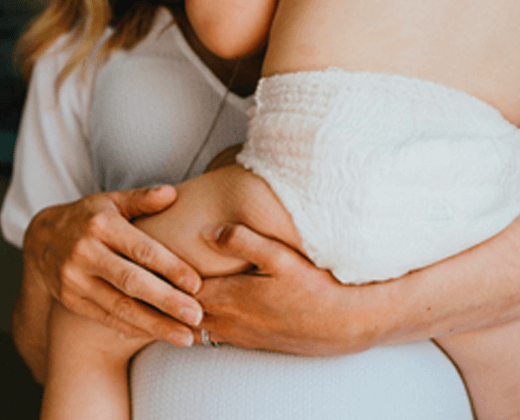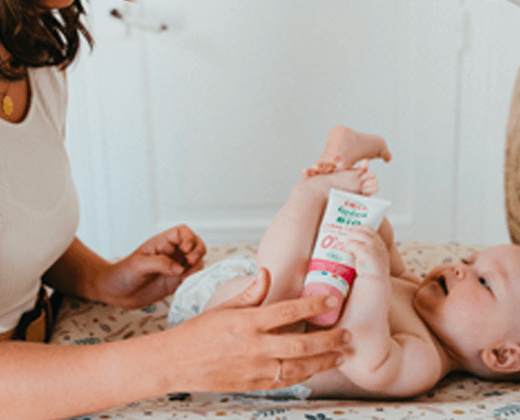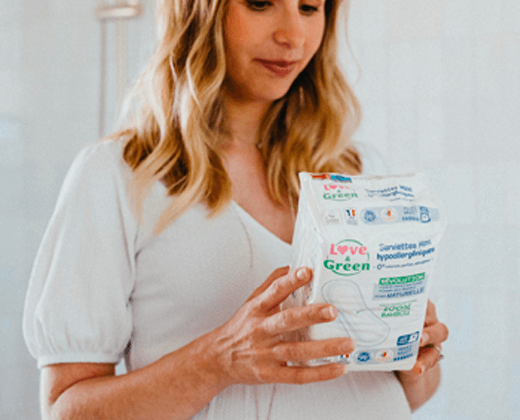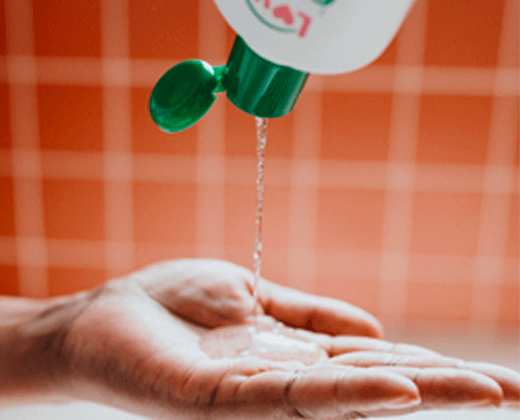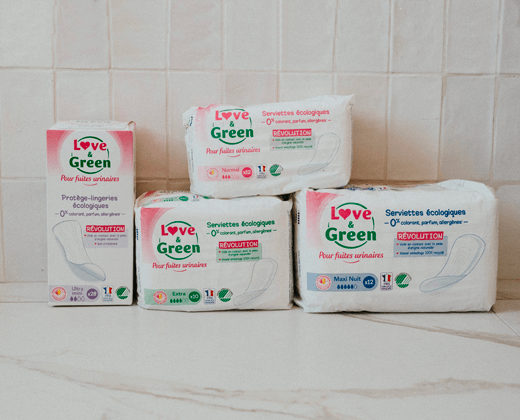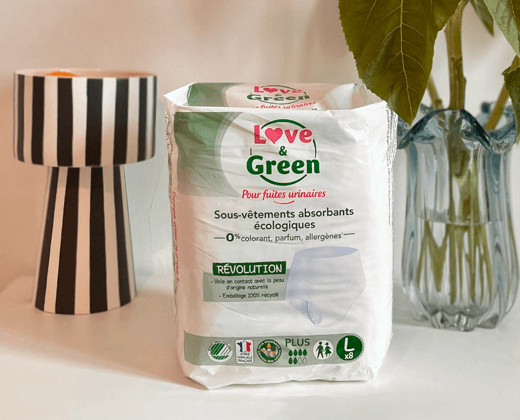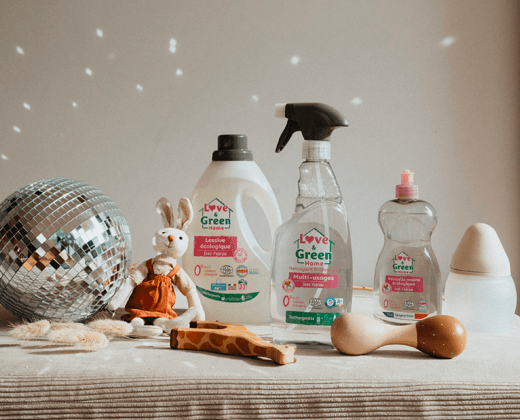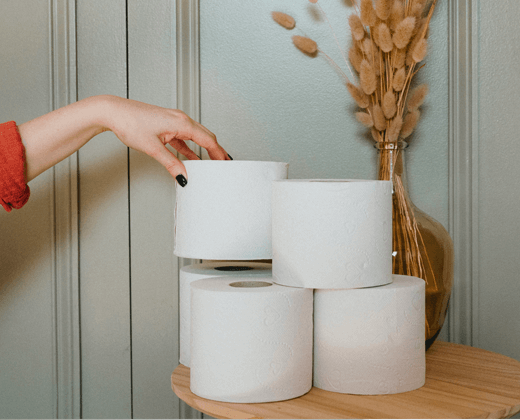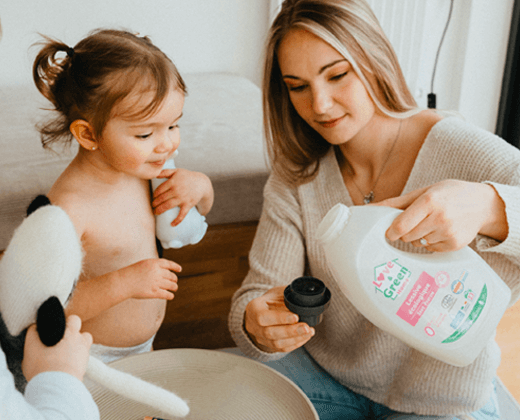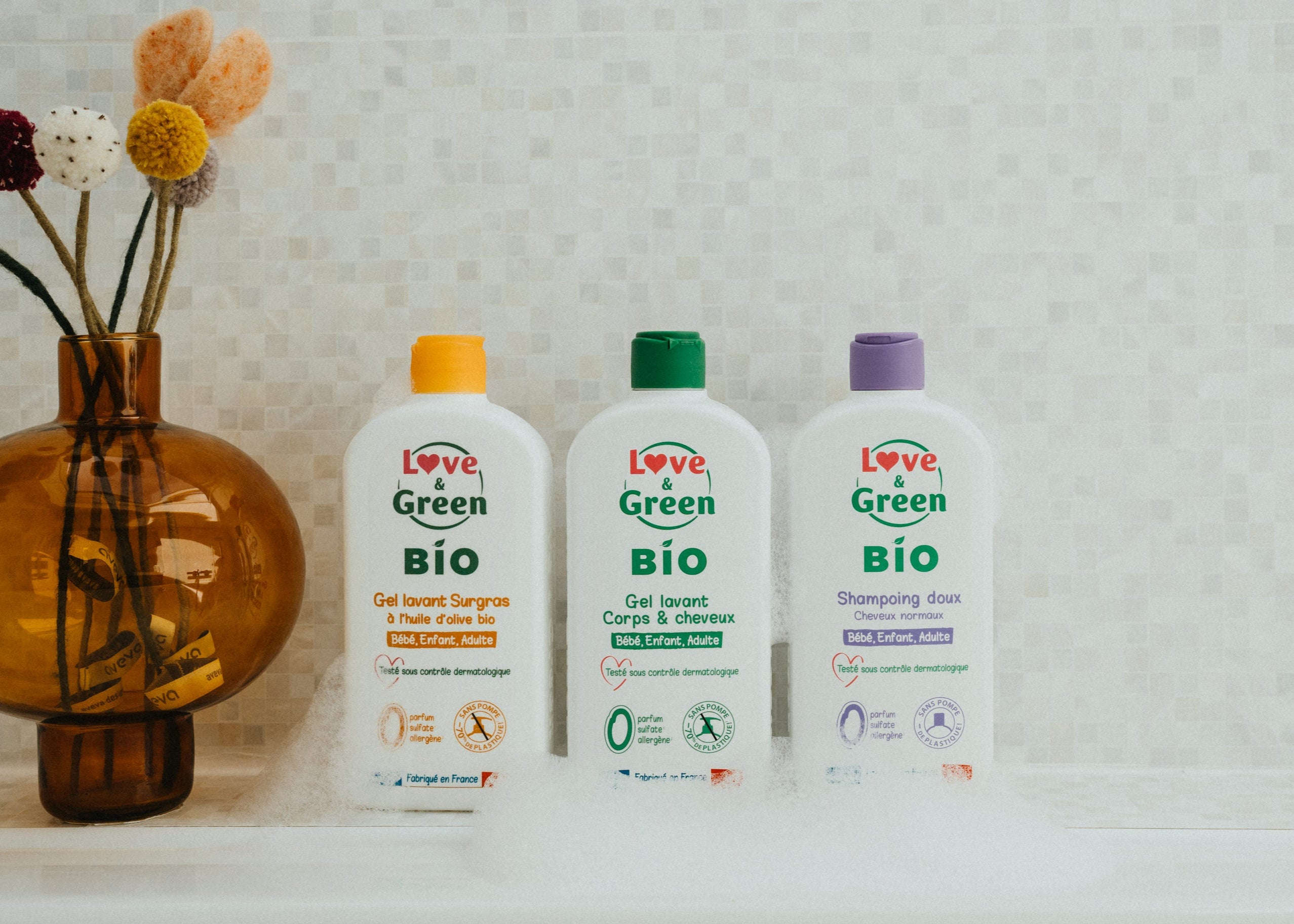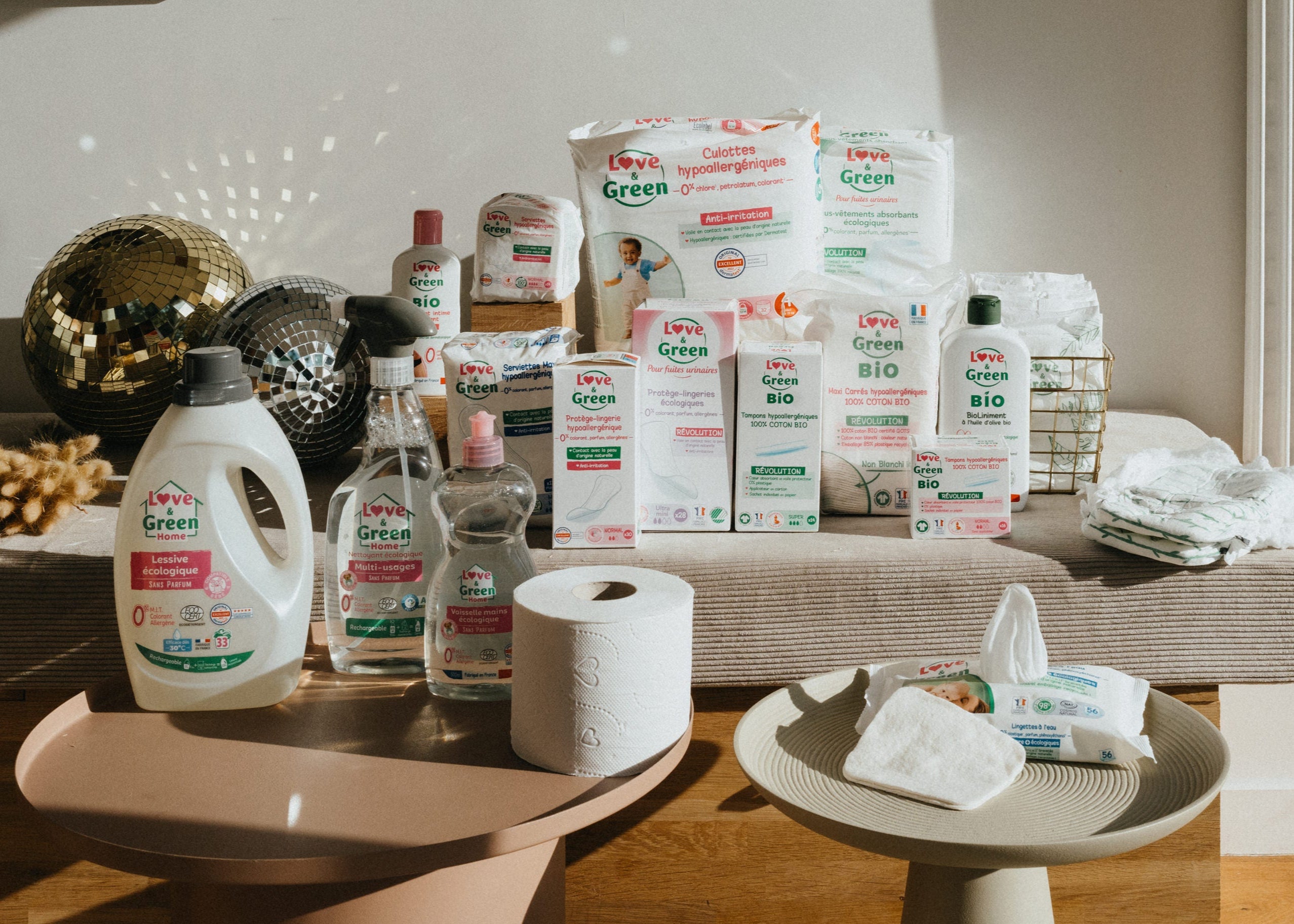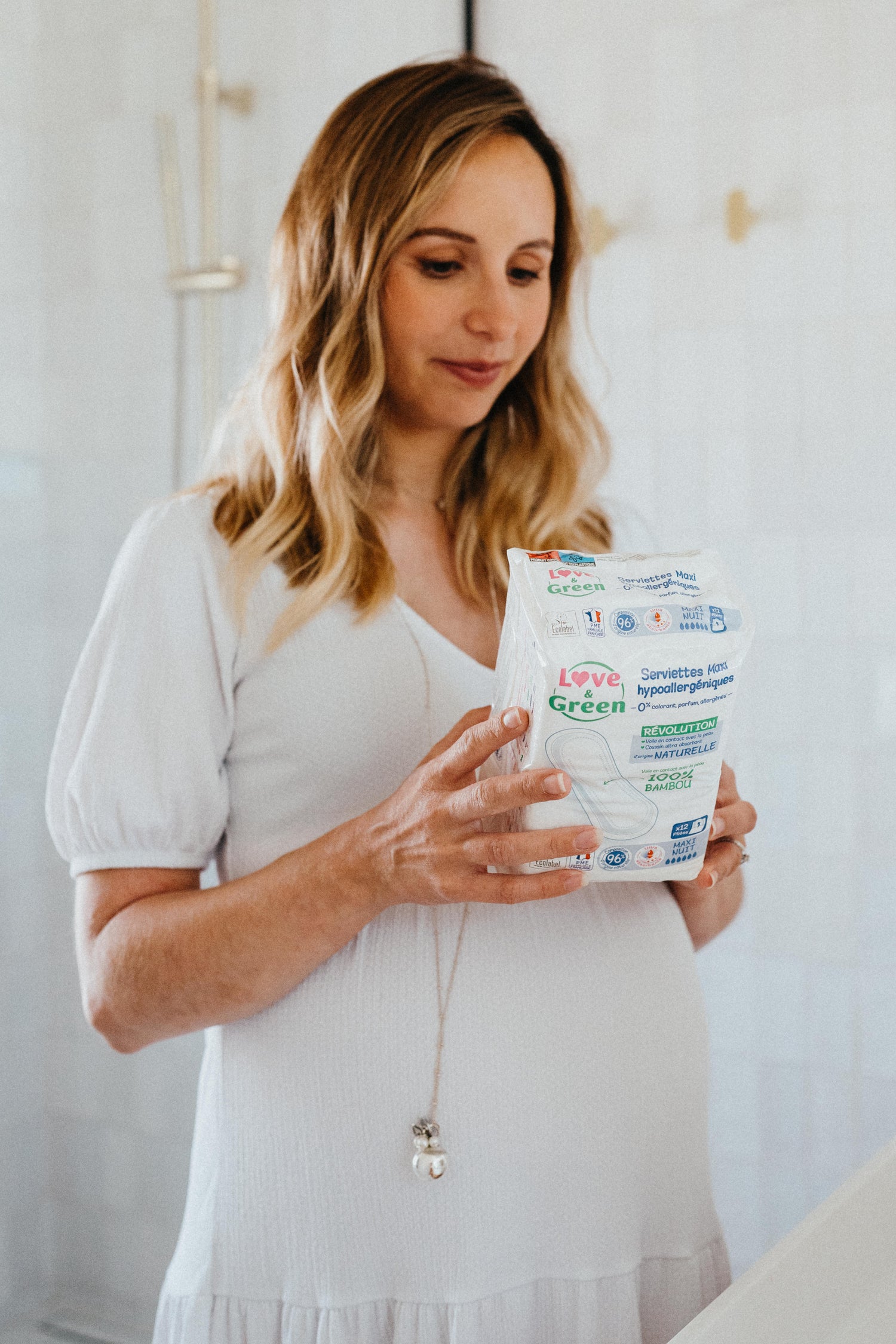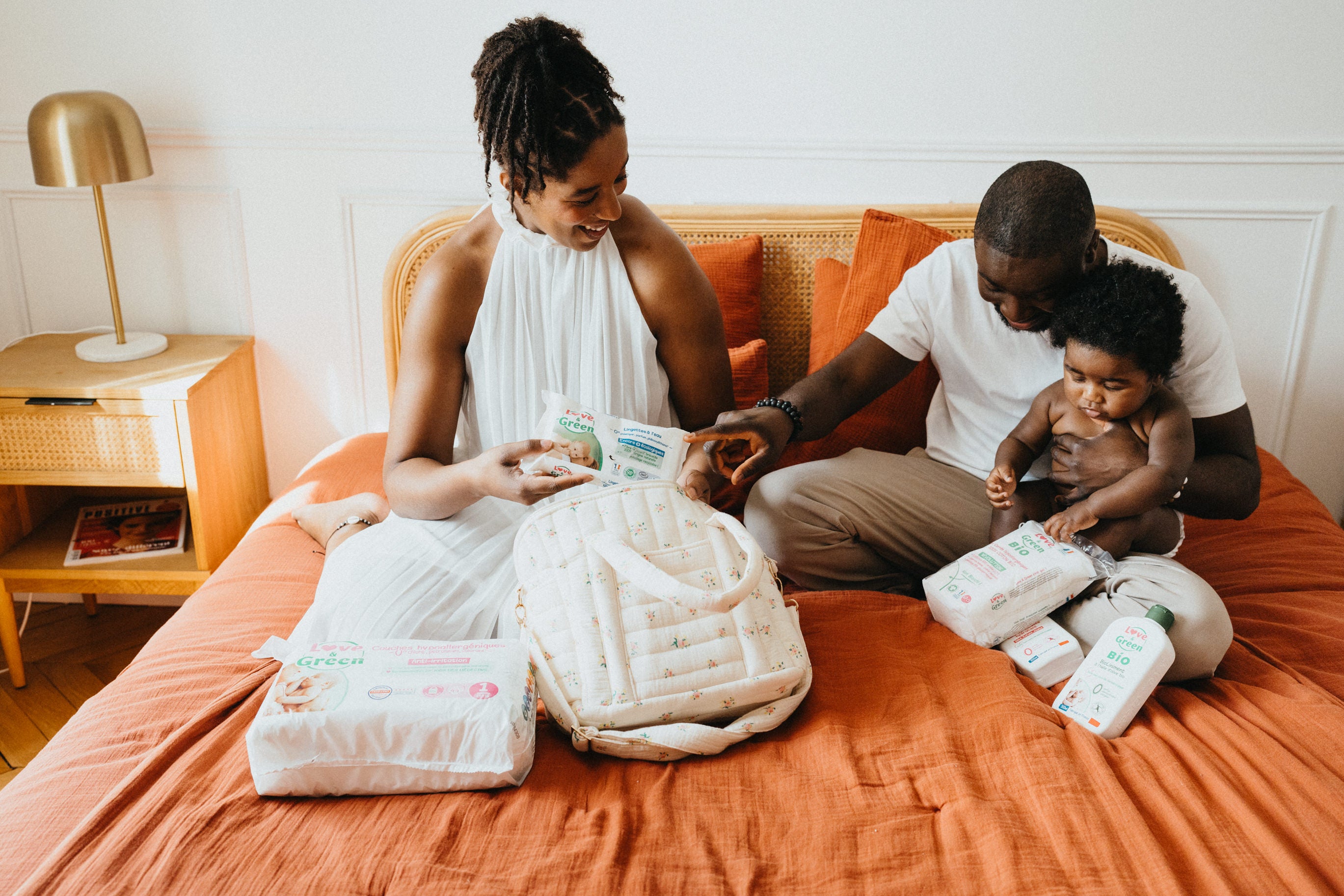After childbirth, the body of a woman crosses a recovery phase, and one of the often unknown aspects of this period is the phenomenon of lochies. In this blog article, we will explain what the Lochies are, their evolution over the days and why it is crucial to monitor them. We tell you more with a midwife.
What is Lochies?
Lochies are blood loss (bleeding) that occur after childbirth. They are the result of repairing uterine tissue after pregnancy. The speech of lochia is due to the contraction of the uterus after childbirth (the trenches), which allows the uterus to regain its normal size. Lochies decrease in quantity each day but can last several weeks (up to 6 weeks after childbirth).
The different phases of the lochies
Lochies evolve over time, and their color, their consistency and their smell can change:- Lochies Rubra (days 1 to 3) : Within the first days of childbirth, the lochies are generally dark red, very similar to abundant rules. They contain blood, fabric debris and mucus. This phase can last 3 to 4 days.
- Lochies Serosa (days 4 to 10) : As the body begins to heal, the lochies change color and become pink or brownish. They contain less blood and more mucus and debris. This phase can last up to 10 days.
- Lochies Alba (days 10 to 28) : After the Serosa phase, the lochies become clearer and lighter, going to yellow or white. They mainly contain mucus and dead cells. This phase can last up to four weeks.
How to take care of yourself during this period?
Here are some tips for managing the lochies and taking care of yourself during the postpartum:-
Use suitable protections : Favor hygienic towels Adapted with a natural and perfume -free skin contact to avoid itching. The use of buffers is prohibited for 1 month after childbirth because they can cause uterine infections.
-
Watch signs of infection : Keep an eye on the color, the consistency and the smell of the lochies. If you notice an unpleasant odor or symptoms such as fever or abdominal pain, consult your doctor.
-
Hydrate yourself and rest : Make sure you drink enough water and rest as much as possible (as soon as baby sleeps!). The body needs time to recover.
-
Talk to your doctor : Do not hesitate to discuss with your doctor about any change regarding your lochia or any concern you may have.
Article co-written with a midwife

